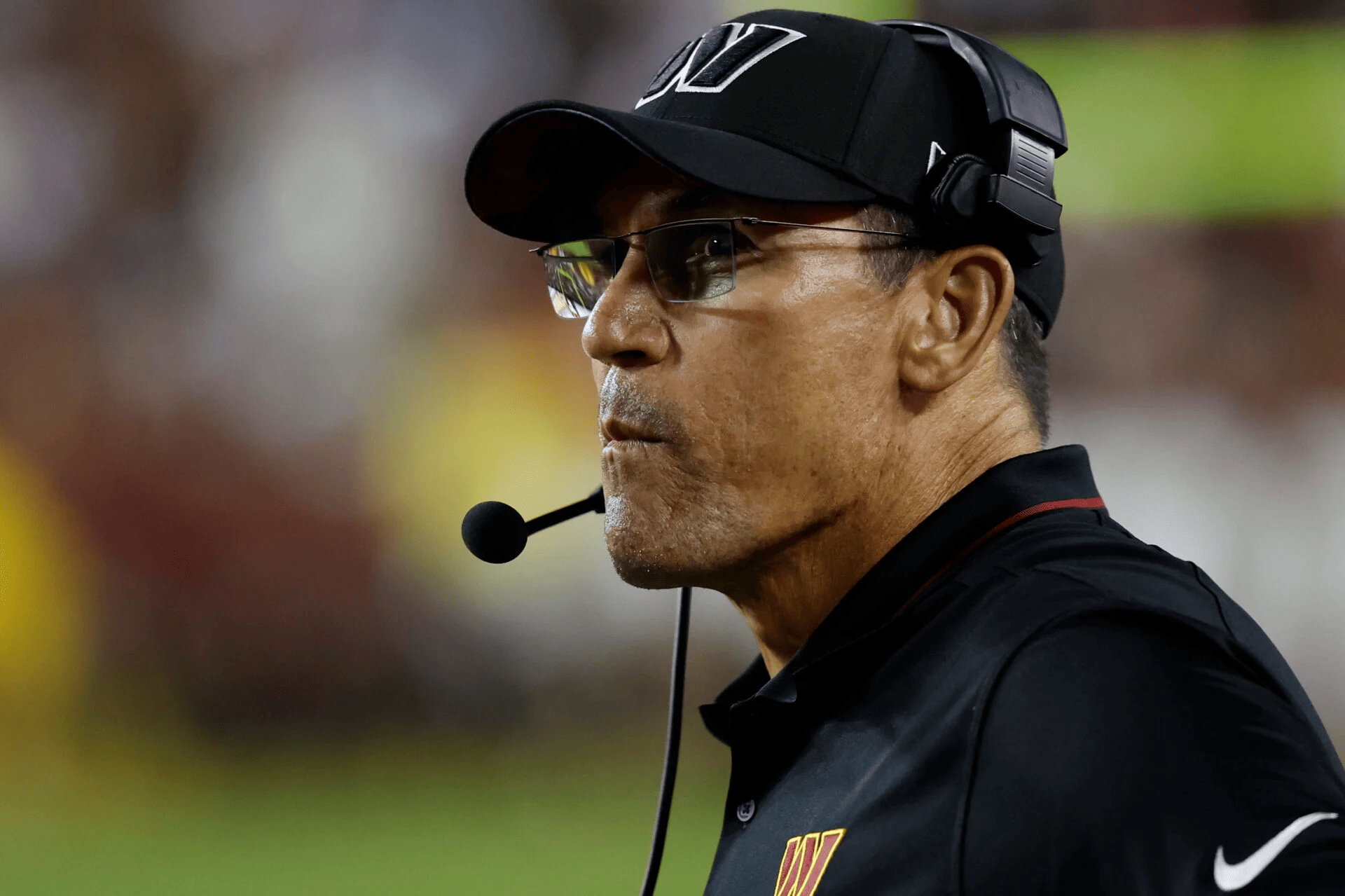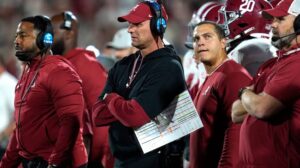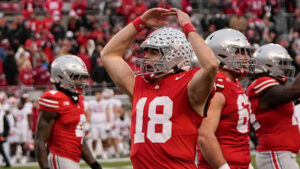
It’s the height of summer, which means one thing for me: it’s time to rank the NFL’s offensive stars. Every year around this time, I evaluate every move that organisations have made to surround their various starting quarterbacks with talent in the hopes of parlaying a successful offseason into a Super Bowl victory.
On the one hand, you could say that the 2023 season demonstrated that teams can win without outstanding playmakers, as the Chiefs spent the majority of the year imploring any of their wide receivers to catch the ball. I’d also note out that they got a lot out of future Hall of Fame tight end Travis Kelce, saw Isiah Pacheco grow in a full season as starter, and got just enough out of Rashee Rice and company in the playoffs to move through the AFC bracket. The guys on the other side of the field in Super Bowl LVIII may have done enough to transform their quarterback into the league MVP, with another strong start or two down the road.
Subscribe to ‘The Bill Barnwell Show’
If a club has Patrick Mahomes, it can probably survive without a strong group of playmakers. What about one of the 31 teams hoping to defeat him in 2024? Well, it would be good to be near the top of this list. Let’s look over the players that catch and run the football, as well as how each team is positioned to capitalise on strong quarterback play in 2024, from worst to first.
Before you send that angry tweet, consider the ground principles I followed while putting together this piece:
This is only about running backs, wide receivers, and tight ends. In other words, imagine if every offensive skill position player had the opportunity to play with the same average quarterback in an average scheme, under average conditions, with average luck, and at an average tempo. Who would have the league’s best offence?
This only refers to on-field performance during the 2024 season. While I discuss contract value and long-term consequences while analysing the league, none of that matters once the games begin. This is only examining what each player might do this season, not what will happen years later.

I’m using each player’s most recent level of play and numerous sophisticated analytics to obtain the greatest idea of how they played while attempting to account for the context around each of them. Ageing curves key here; we know that players in their early twenties are more likely to progress than those in their thirties. When it comes to draft picks, I’m putting my own feelings about each player aside and instead relying on historical performance for draftees in their respective ranges during their rookie seasons. In other words, to predict how Chargers wideout Ladd McConkey will perform in his rookie season, I’m looking at the average performance of receivers selected early in Round 2.
Injury history and bans are important. Injuries are impossible to predict. (If you had Aaron Rodgers break his Achilles on the opening series of the season, I know a few NFL teams who would like to hire you.) At the same time, a player’s injury history may cause us to tilt in one direction and dismiss some of their expected performance due to the possibility of injury. Deebo Samuel has never played a full season as a professional, and it appears he may miss a few games in 2024.
I expect players who are returning from catastrophic injuries, such as Tyler Higbee and T.J. Hockenson, to miss significant portions of the regular season. While we don’t have formal word on Rashee Rice’s case for 2024, the likelihood that he will be suspended has me pulling him out of the lineup for a few games. On the other hand, I expect CeeDee Lamb and other players who are ‘holding in’ during training camp for new contracts to be on the pitch in Week 1.
Wide receivers carry greater weight than running backs or tight ends. I’m simply following the NFL’s lead here. Justin Jefferson earns $35 million per season. Christian McCaffrey is the only back earning more over $15 million per year. Twenty different wide receivers earn more than $20 million every season, an amount that no running back or tight end can match.
This is a league that values outstanding wide receivers more than ever before. As a result, my rankings mirror this viewpoint, with wideouts rated higher than players at other positions.
The emphasis is on elite players and each team’s top five contributors. Depth is important, but teams would probably rather have Jefferson and four other replacement-level receivers than five players like Darnell Mooney or DJ Chark. Having a player who can defeat any coverage is incredibly valuable, and these rankings tend to favour teams with game changers at one or more positions.
Because teams can have up to five playmakers on the field at any given moment, I used each team’s top five players as the major rationale for these rankings. I won’t list every single player in every writeup, but the individuals outside the top five were primarily utilised as tiebreakers between closely matched teams, given how improbable they are to make an effect in 2024.
Efficiency counts. I’ve done my best to normalise the discrepancies between what players can achieve and how their team performed, which aren’t always the same. Pace is an important factor. Last season, the Browns ran a league-high 1,187 plays, 50 more than any other club, thanks to a strong defence and an average offence. In contrast, the Seahawks ran only 995 offensive snaps due to a lack of a strong defence. That’s 11 more plays each game for the Browns, all of which contributed to their players’ overall stats. It does not reflect improved performance.
As a result, you’ll see a number of measures that employ averages rather than cumulative results. Yards per route and target share are two topics that receivers frequently discuss. Yards per route refers to the average number of yards a receiver acquired while running an eligible route, regardless of whether he caught the ball or was targeted on the play. Target share is the proportion of the time a pass-catcher was targeted while running a route.
Neither number is perfect, but they will assist us determine whether a receiver was able to create opportunities while on the field. I’ll also utilise ESPN’s advanced receiver tracking analytics, which employ NFL Next Gen Stats data to assess their influence moment by moment.
With that out of the way, let us begin working through our teams. In 2022 and 2023, the Texans finished last in these rankings. Spoiler: They aren’t 32nd this time. Instead, a squad that consistently landed in the top ten has fallen to the bottom of the playmaker charts.






